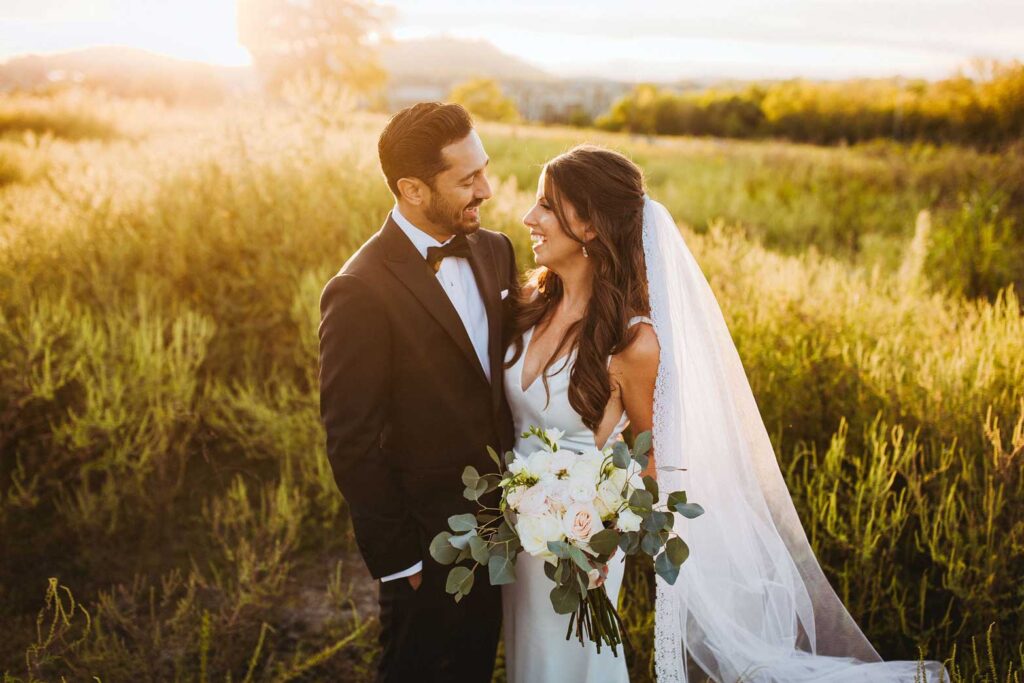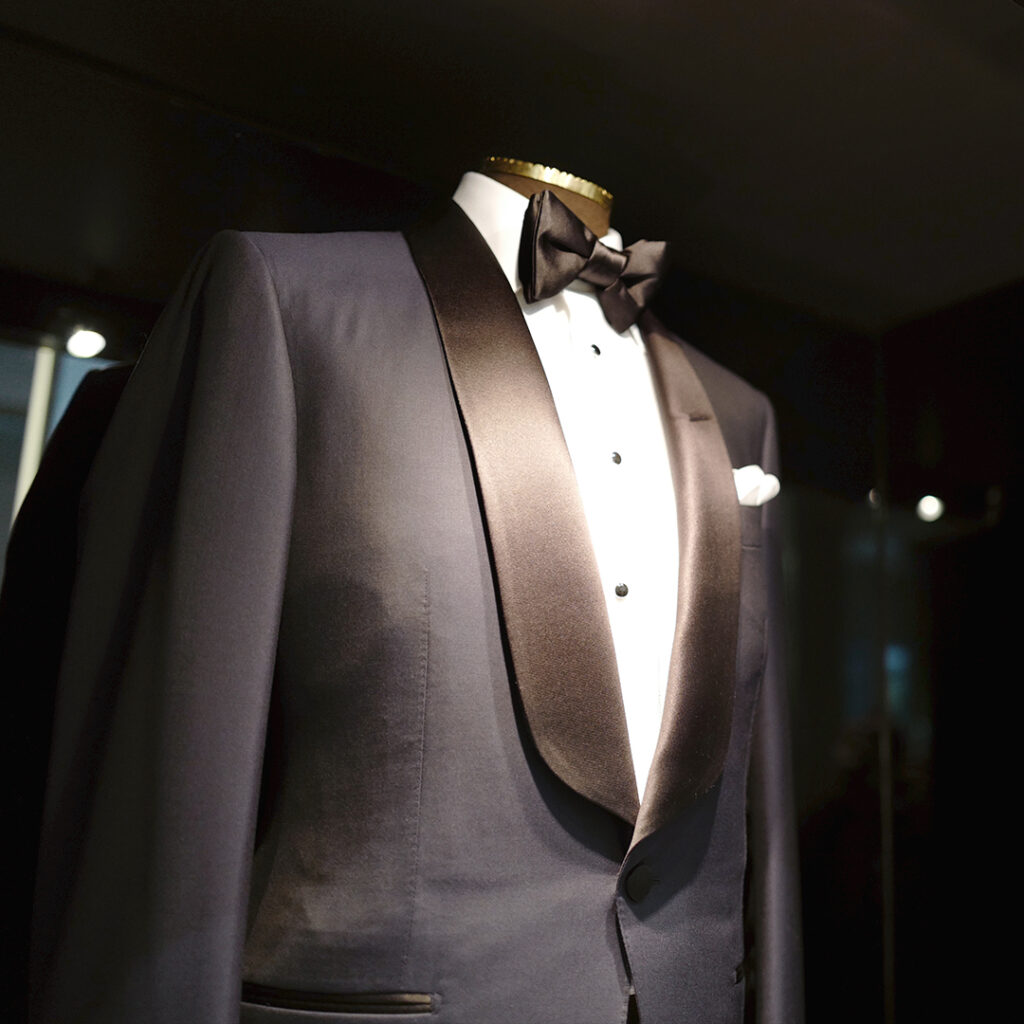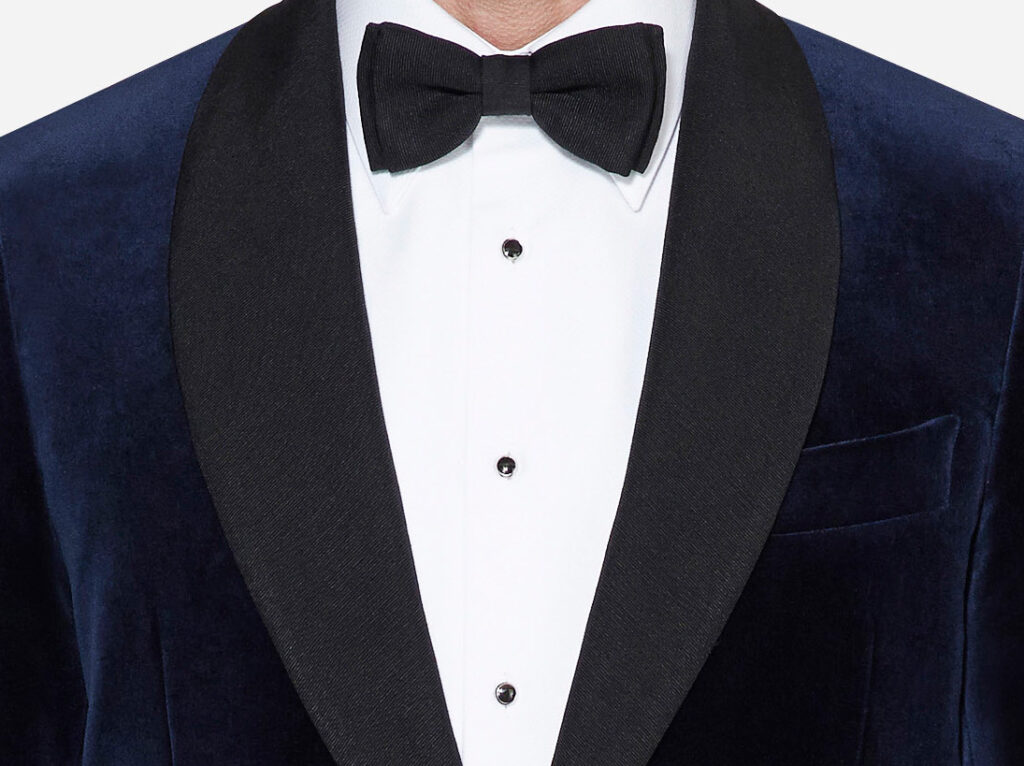
History Of The Tuxedo:
The origins of the tuxedo as we know it today trace back to the late 19th century to an area of New York known as Tuxedo Park, where gentlemen in social gatherings appeared wearing a new variation of the tailcoat or “a tailless dress coat.” They were originally thought of as a variation of the white jacket, but a tuxedo is now known to be a combination of coat, pants, and other trimmings that we will outline below. Alternatively known as “black-tie attire,” the tuxedo is the second-highest level of dress, next to white-tie attire.
The DO’s of Tuxedo Use:
When it comes to wearing this type of suit, one may be tempted to defer from the norms, but being classically dressed will say more than if you choose to make a bold statement. Here are a few of these important style essentials.
When the invitation calls for Black-Tie Attire, wear a tuxedo.
Your tux should be black on black with silk accents on the pocket jetting, trouser braid & waistband, covered buttons, and the peak lapel or shawl collar.
Dress in a black silk satin bow tie,
Use suspenders (braces) instead of a belt.
Wear patent leather or oxford cut dress shoes with black silk or fine wool dress socks.
Dress in a white Marcella pique cotton french cuff shirt with fastening studs instead of conventional buttons. French cuffs with cuff links are proper the proper feature.

The DONT’s of How to Wear A Tux:
I personally would never wear a vest or waistcoat with a tuxedo. In my opinion the three-button, low-cut waistcoat looks great with a tailcoat or funky way to wear a three-piece suit, but the vest does not compliment a one-button shawl or peak lapel jacket.
The collar should not be made in a silk satin or grosgrain fabric if it is a peak lapel jacket.
Similarly, the chest pocket should be made of the self fabric, not the satin or grosgrain
Grey Area:
Although there are some marks that you definitely want to hit when it comes to stylish tuxedos, there are some subtle design variations that still have been proven classic throughout the years.
Silk Satin or Grosgrain: There are two principal options when it comes to creating variation in a tuxedo. Satin is a fine, lustrous option while the grosgrain is a more matte, textured choice.

Satin 
Grosgrain
Cummerbund: A stylish option when done right but it can look like a bad prom outfit when done wrong.
Fly-front tuxedo shirt where the buttons are concealed.
Color Options: Black, White, or Ivory, Midnight Navy, Burgundy, or other colored tuxedo jackets.
These are the basics when it comes to tuxedos. These “rules” truly are a set of suggestions that I give you based on my experience with black tie attire. They are not set in stone, so to speak, and you are free to take them or leave them.
Do I Buy A Black Tuxedo or A Black Suit?
This is a great question that we get frequently when working with someone to build their wardrobe. Typically one wants to look his best at fancy events but doesn’t know if the investment is worth it in the long run.
There are a few things to consider:
How many events/year will you attend that require black tie attire? How many times would you wear the suit in the next 4-5 years. If you are a frequent wedding invitee, it is likely there will be a number of events that require evening formal wear.
Are you gaining weight? Will you be able to fit into the suit in 4-5 years? This question is one that you must be truthful with yourself about. The average American gains about 4 pounds a year. If you are slowly adding weight as you age, you may want to consider another option.
And then there are those guys that have multiple tuxedos in their wardrobe. These gentlemen like to stand out with variations on the dinner jacket et. al. double-breasted, different colors, fancy patterns.
“This all sounds great. How do I order an Eric Adler Custom Tuxedo?”
You can set up a fitting by calling or emailing us.






Recent Comments